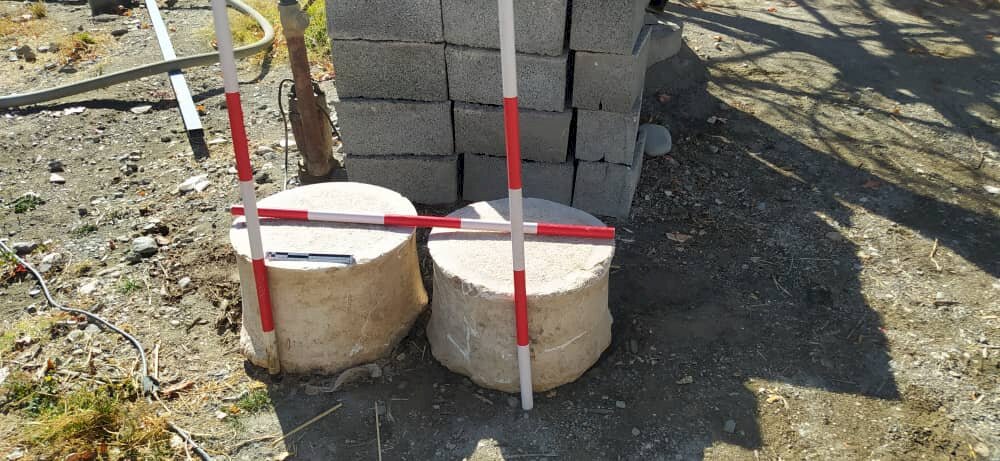Achaemenid column bases discovered in farm southern Iran

TEHRAN – Two Achaemenid column bases have accidentally been discovered in a ranch in southern Iran while farmers were preparing the ground for planting.
“Farmers encountered two column bases while plowing, according to a report received from a resident of a southern village near the city of Baft [in Kerman province],” the deputy provincial tourism chief said on Thursday.
A team of experts from Kerman’s cultural heritage department was immediately dispatched to the village, Mojtaba Sahfiei added.
Their initial field research suggests that the agricultural land may lie on the ruins of an ancient site, the official added:
“The two white-colored stone objects are estimated to date back to the Achaemenid period… they are 40 cm in height and 50 cm in diameter.”
The official noted the discovery is of high importance when it comes to architectural studies in Baft.
“The existence of these two column bases hint the active presence of the Achaemenids in the city of Baft, which is of special importance in archaeological studies."
“Currently, the two objects are being kept in a suitable place till they are transferred to the Kerman Museum in the near future.”
The column bases are similar to those being kept in Persepolis and its surrounding royal sites, which are situated northeast of Shiraz in Fars province.
This 13-ha ensemble of majestic approaches, monumental stairways, throne rooms (Apadana), reception rooms, and dependencies is classified among the world’s greatest archaeological sites. Persepolis was burnt by Alexander the Great in 330 BC apparently as revenge to the Persians because it seems the Persian King Xerxes had burnt the Greek City of Athens around 150 years earlier.
AFM

Leave a Comment